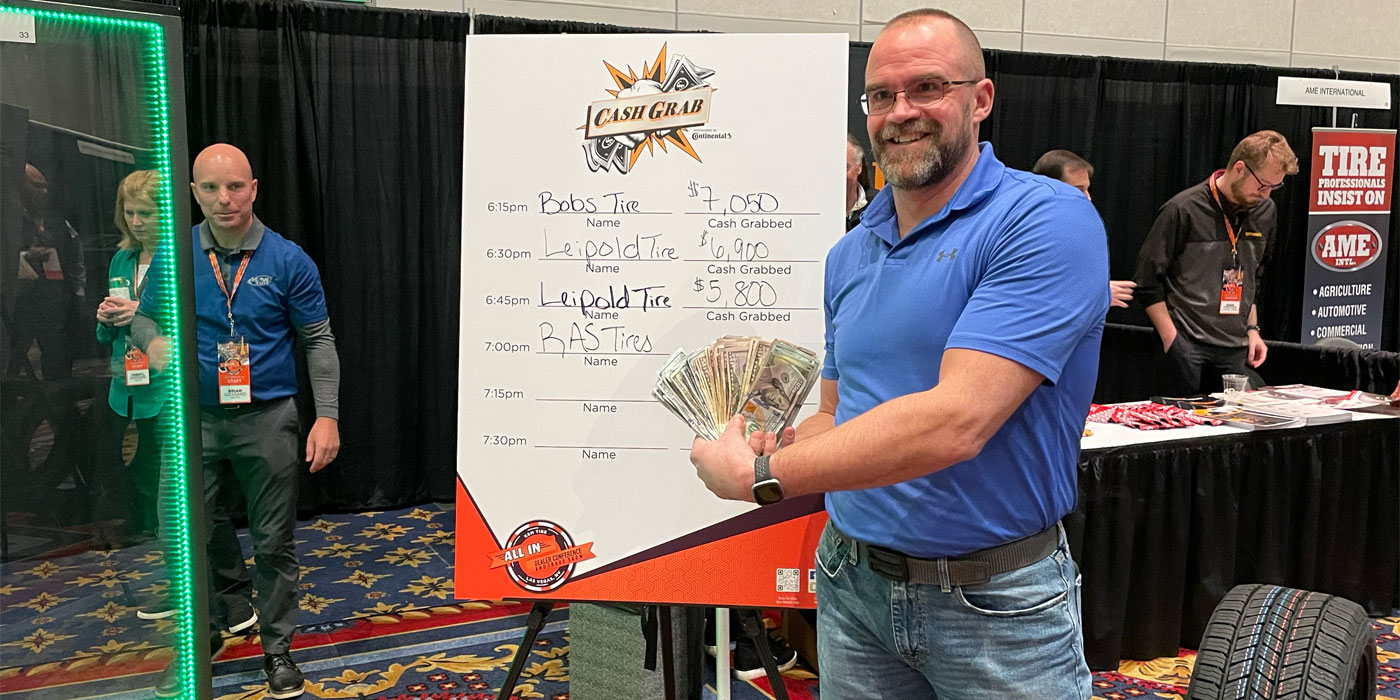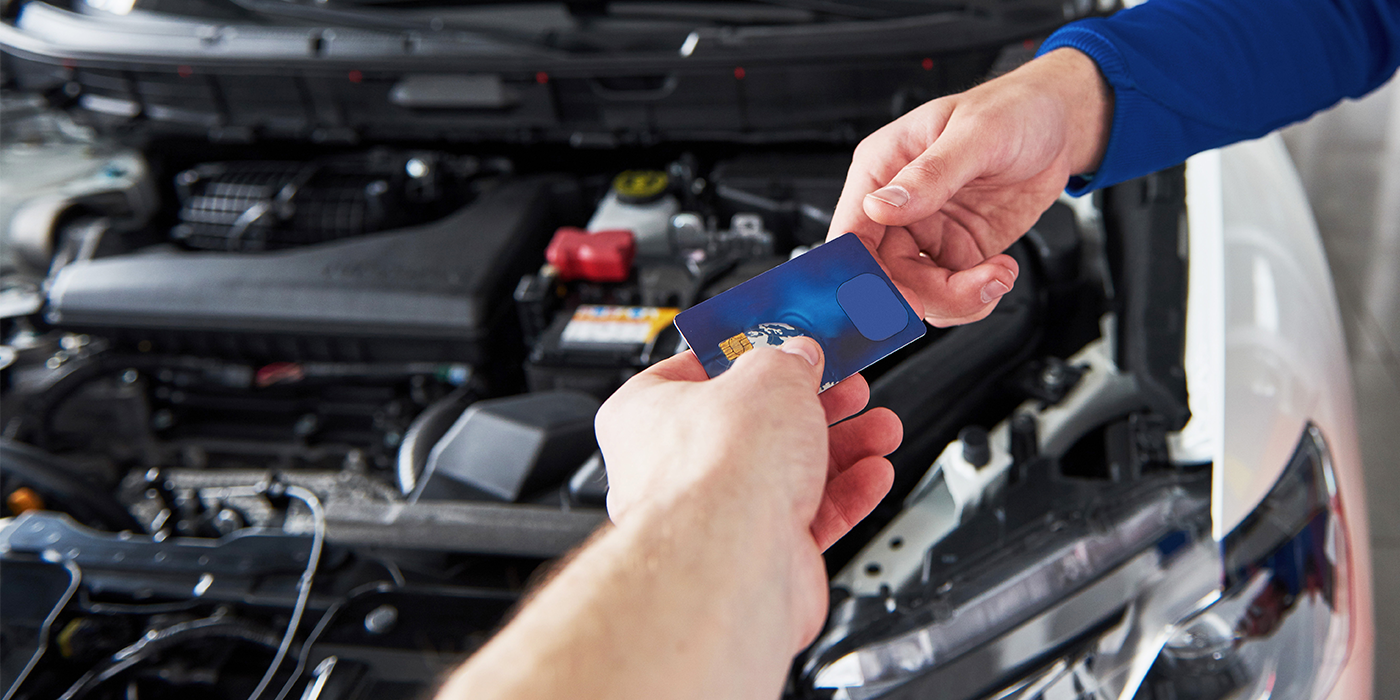As many of you know, my specialty is helping those in the automotive industry – including tire dealers – increase service sales and profits.
Whether you’re selling tires, transmissions or exhausts, the main challenge is this: Don’t hurt your core business!
Many successful tire-shop owners have made one point clear to me: “Chubby,” they say, “I want to increase my service business, but not at the cost of one piece of rubber. Got it?”
This is quite a challenge, since most of us sell what we focus on at any given moment. And, the more you try to focus on selling service, the more likely you will change the tire/service mix model. As we discussed last time, this can be disastrous to the net operating profit plan that we developed based on maintaining predetermined tire units.
Since we’ve proven margin dollars on tires are twice as profitable as service, why not increase both?
I recommend reviewing key performance indicators (KPIs) weekly or even daily. There are KPIs for tires as well as KPIs for service. Let’s start with tire KPIs. Here, I’ve provided six different ways to measure and improve tire profits. The list will continue in the next article of this series.
One: Total Unit Sales
Total unit sales number is a KPI you should measure at least weekly to compare actual tire sales to a predetermined weekly goal. This KPI reflects the effectiveness of the front line in maintaining the tire/service model. It can also be used to measure the impact of marketing, advertising, scheduling and sales.
Keep in mind when comparing total unit sales year after year that price increases will skew true growth if units are constant. Still, you can benchmark against others and measure your market penetration. Also, consider that back-end rebates, co-op dollars, and various incentives from suppliers are based on units.
Two: Retail Tire Sales GP
Retail tire sales gross profit is measured in margin dollars and margin percentages. Most owners establish a goal that ensures a balance in tire unit sales. If a dealer doesn’t already have an established goal, we start with a 27.8% minimum on the rubber and 37% minimum with the add ons.
Three: Units Per Vehicle
Tire units per vehicle is a sales KPI that measures sales ability vs. order taking. Some customers don’t come in looking for four tires, but due to technologies – such as all-wheel drive, TPMS and antilock brakes – many vehicles need a matched set of four tires.
Four: Credit-Card Sales
I also recommend using preferred-customer credit-card sales as a KPI. Preferred cards create loyalty and take care of that “I don’t have enough money” objection. In addition, these cards make it easier for a dealer to sell four tires at one time.
Consumers hold on to their cash more tightly these days because of skyrocketing living costs. No-interest or no-payment plans can help address cash objections tremendously, therefore making the front-counter job easier.
Five: Product Mix
Product mix – “good, better and best” tires – is critical to gross profit in both margin dollars and percentages. Many tire dealers want the middle – the “better” – category to make up 65% of their tire sales. This is typically the most profitable category and can be increased through sales training.
Also, look for an exclusive line. This instantly makes the tire more valuable and increases your profitability.
Six: Road Hazard Warranties
One of the most important sales KPIs is the number of road-hazard warranties sold as a percentage of tire units sold. This KPI will help stabilize car count as well as tire profits.
In a tire store selling 500 tires a month, road-hazard warranties can add $30,000 to the owner’s pocket in 12 months. Some tire dealers include the warranty in the price of the tire, which certainly makes it easier to sell. However, some high-volume dealers sell warranties as add ons.
The average selling price on road-hazard warranties is $7.95 on passenger, $9.95 on light truck and 10% on tires priced at more than $100.
Next time, we’ll focus on more ways to increase tire profits and control tire/service mix.
Chris “Chubby” Frederick is the president of ATI, a consulting company that serves the tire and service industries.













